Hello,
The dip stick I do not have a picture or does it mention the location. You might try checking right under the battery that is where many are. It is really hard to see and check.
I have put a test for the converter clutch solenoid.
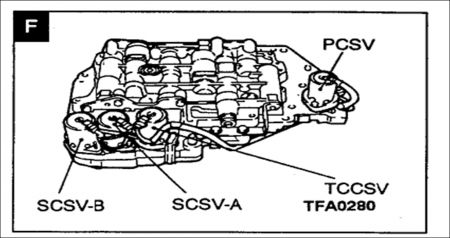
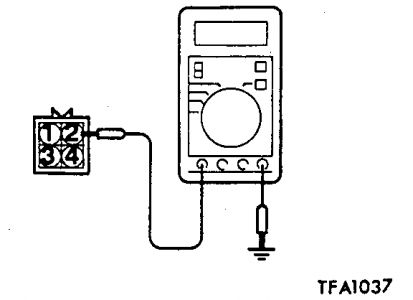
INSPECTION:
1. Disconnect the Torque Converter Clutch (TCC) solenoid connector.
2. Measure the resistance between the TCC solenoid side connector terminal 2 and the body ground. Standard value: Approximately 13 ohms [at 20 °C (68 °F)]
3. If the resistance is outside the standard value, replace the solenoid valve assembly.
I have attached info for the shift solenoid. . .. . ..use the first pic for the location.
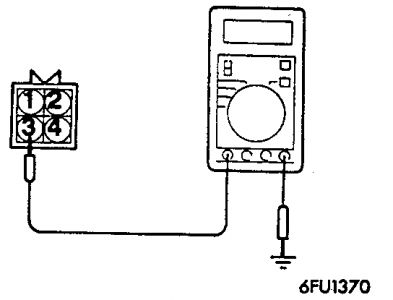
SHIFT CONTROL SOLENOID VALVE A (SCSV-A) CHECK:
1. Disconnect the SCSV-A connector.
2. Measure the resistance between the SCSV-A side connector terminal 3 and the body ground. Standard value: Approximately 22 ohms [at 20 °C (68 °F)]
3. If the resistance is outside the standard value, replace the solenoid valve assembly.
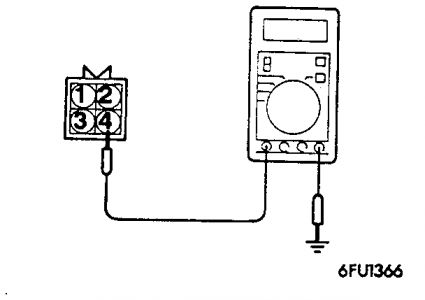
SHIFT CONTROL SOLENOID VALVE B (SCSV-B) CHECK :
1. Disconnect the SCSV-B connector.
2. Measure the resistance between the SCSV-B side connector terminal 4 and the body ground. Standard value: Approximately 22 ohms [at 20 °C (68 °F)]
3. If the resistance is outside the standard value, replace the solenoid valve assembly.
Use the first picture, this is the test for the pressure solenoid.
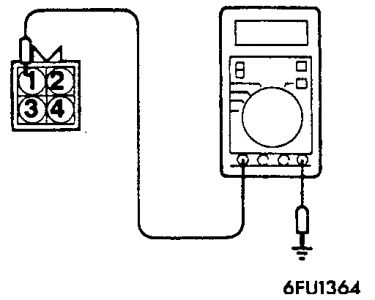
INSPECTION:
1. Disconnect the Pressure Control Solenoid Valve (PCSV) connector.
2. Measure the resistance between the PCSV side connector terminal 1 and the body ground. Standard value: Approximately 3 ohms [at 20 °C (68 °F)]
3. If the resistance is outside the standard value, replace the solenoid valve assembly.
Saturday, January 17th, 2009 AT 1:29 PM








